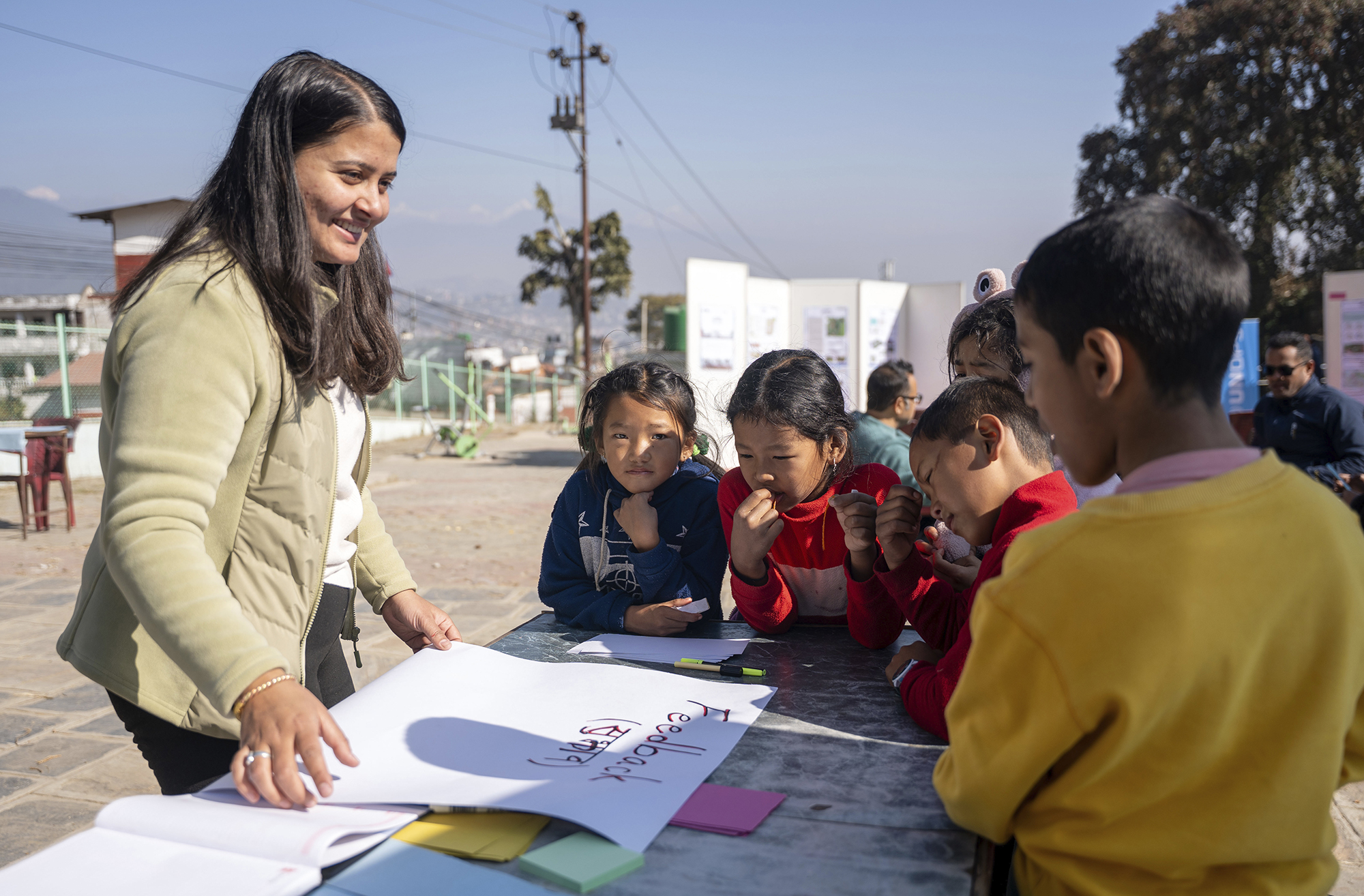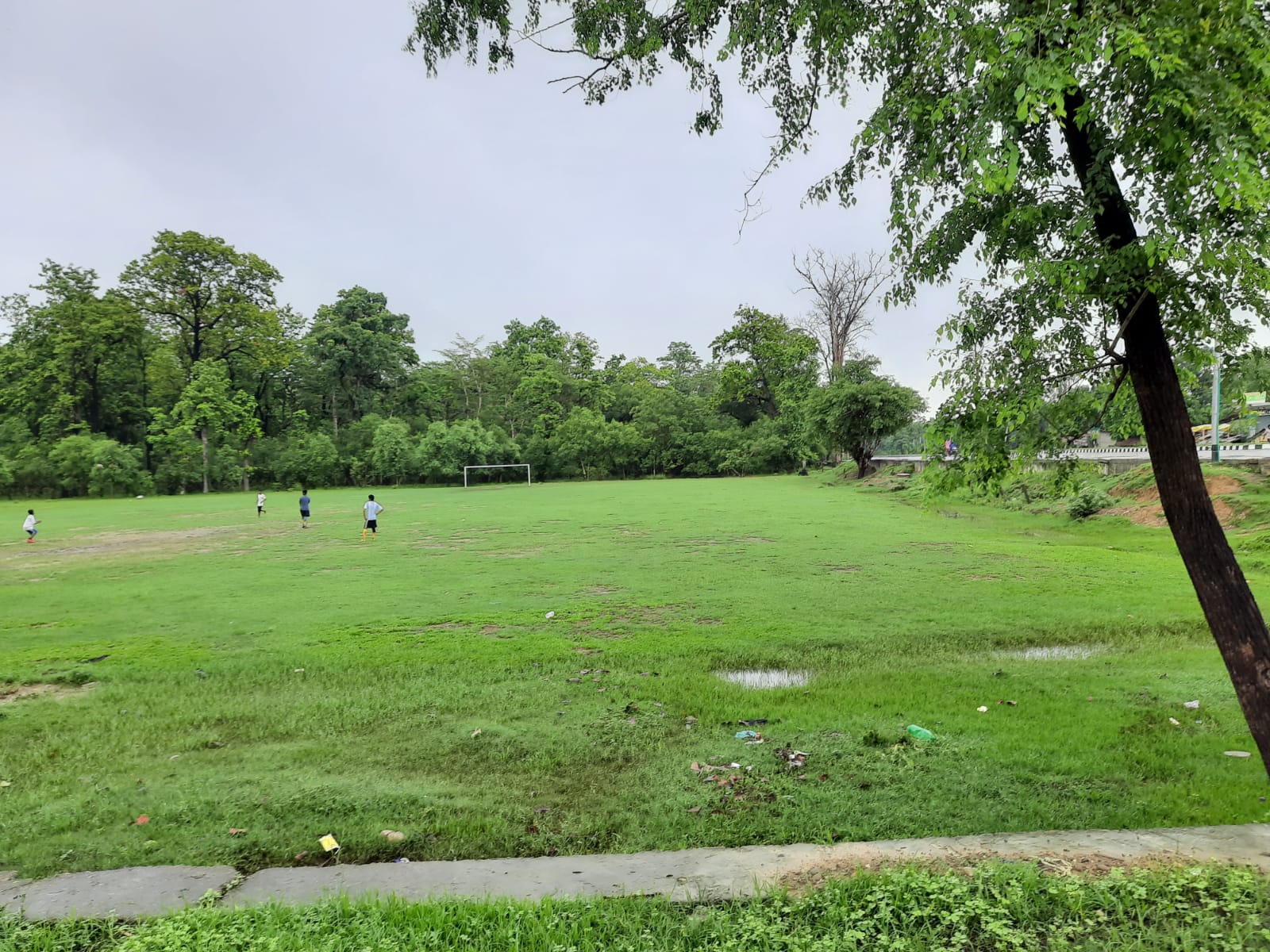By Carolina Guimarães
[13 June 2018] -- In the current technological age, innovation is a buzzword with a broad meaning. It is also frequently translated into high-tech inventions and futuristic ideas. Nevertheless, when it comes to development, innovation does not necessarily need to be disruptive; it can be incremental.
Social innovation, for example, consists of proposing new ways of responding to present challenges. It provides a creative response to issues that are not being met by the market or/and previous public policy and programmes.
Considering its inviting and appealing connotation, innovation tends to be a common indicator in best practices open calls, as it brings an ingenuity element in translating a problem into a solution.
In February 2018, the Urban Housing Practitioners Hub released an “Inspiring Practices Open Call: Housing at the Centre of the New Urban Agenda” to identify, document, disseminate, and exchange projects that promote adequate housing and habitat as the drivers of sustainable urban development in Latin America and the Caribbean, within the framework of the New Urban Agenda (NUA).
Among others, innovation was part of a set of eight indicators in the evaluation process. This open call adopted a comprehensive definition of innovation, seeking innovation beyond technology in the project´s methods, processes and management, knowledge transfer and renovation of procedures already in place.
After a careful analysis of 290 practices from 21 countries, the evaluators identified the 29 most inspiring ones. Each and every one of them demonstrated innovative elements that showed a tangible impact on the territory and the living conditions of the beneficiaries.
The selected practices brought about a myriad of solutions specific to each context and in the various stages of their processes, in either conceptualisation, planning, execution, implementation, or the post-implementation phase. They showed sensitivity and acumen in aligning local assets to meet a needed deficit, and they responded to housing deficits, quantitative and qualitative, in a broader urban habitat context.
Technology elements were featured in a few practices, mostly as a means of liaising with stakeholders and manufacturing with new construction materials, such as plastic. Most projects presented social innovation components.
Practices also sought new solutions to fund housing improvements to a historically underserved population with a dire difficulty in assessing financial credit. They brought gender, a cross-cutting development theme, as a priority when considering loan priorities, as well as fomenting capacity-building opportunities to empower women in their communities.
Others looked into the culture of self-organisation and promoted technical assistance to auto-construction housing options. Innovation was viewed as a connecting element to tackle unemployment and housing deficit simultaneously, such as when offering housing options with space for a vending store to promote local development.
Practices looked into idle-housing in dense and well-served neighbourhoods to renew underutilised downtown areas and provide an increase of social rental supply. Other practices promoted the occupation of empty urban lots to create lively public spaces and support local business. In addition, some practices showed how informal urban settlements are part of the solution, as opposed to the problem, and that they should gain a formal status in city maps. There were even innovative participatory processes that aimed at carrying out a thorough diagnosis of the local population’s needs.
While these new perspectives might not be regarded as staggering, they represent powerful ways of questioning the status quo and proposing context-driven solutions that consider local resources and constraints in the problem-solving process.
Incremental innovation has the potential to create inclusive development and to bring sectors together to position housing at the centre of urban development. As a practitioners’ platform, the UHPH aims to highlight the importance of the accomplishments and challenges that happen in the territory to understand how they can be a source of social transformation and foster change. The practices serve as innovative resources to show the way towards accomplishing strategic urban agendas such as the New Urban Agenda and SDG 11.
About the Author
Carolina Guimarães is an urban development consultant with a focus on knowledge management. She coordinated the first UHPH open-call under the leadership of Cities Alliance. She has been working on the construction of the UHPH since its inception, when she was a project manager for the UN-Habitat regional LAC office.
Incremental innovation has the potential to create inclusive development and to bring sectors together to position housing at the centre of urban development.
Related Items:




